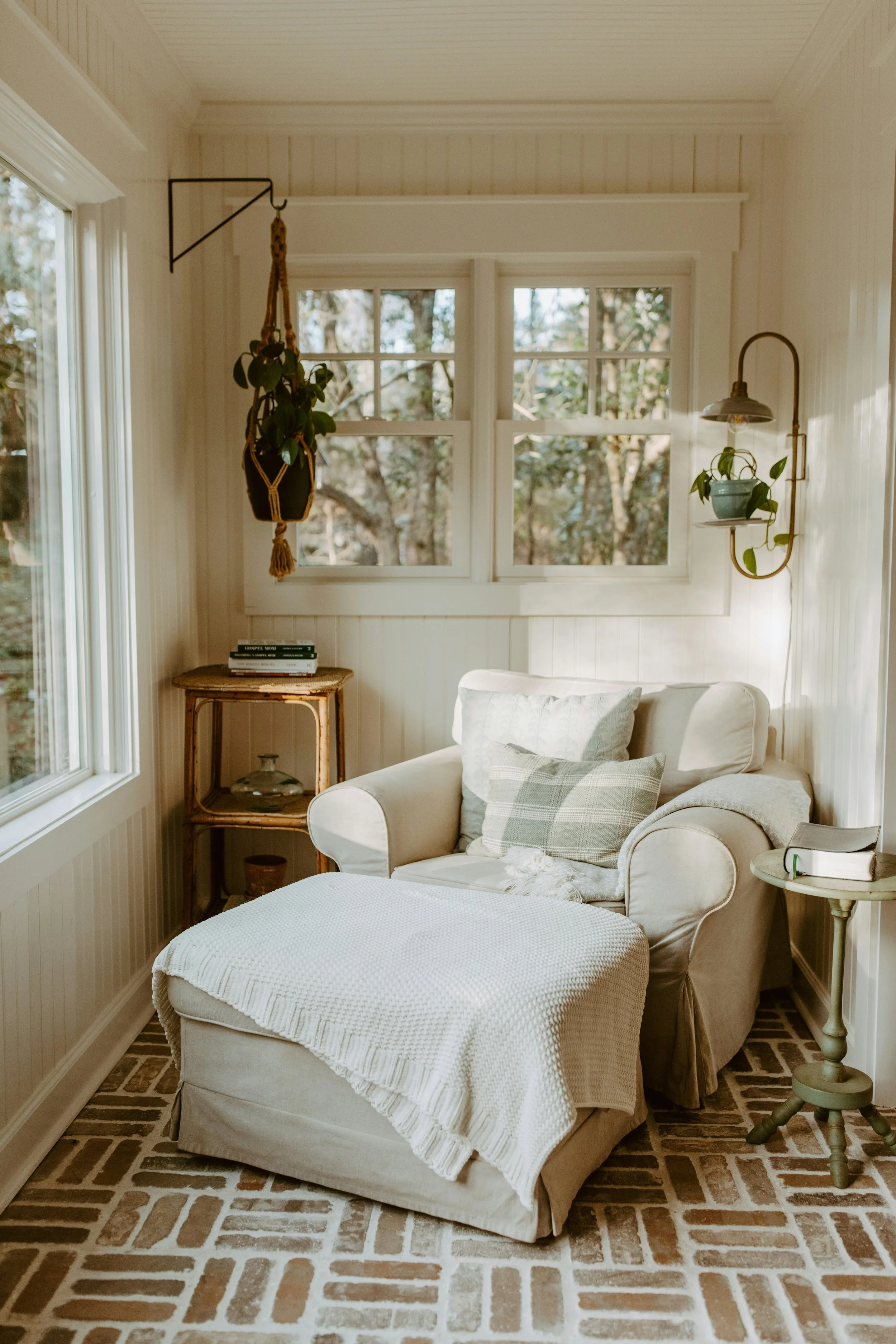A growing number of economists believe that the Federal Reserve is close to announcing the end of its quantitative tightening (QT) program — a move that could have wide-reaching implications for the mortgage industry.
Over the past few weeks, central bank officials have signaled they are prepared to wind down the policy aimed at shrinking the Fed’s balance sheet, prompting expectations of an announcement as soon as Wednesday.
Earlier this month, Fed Chair Jerome Powell said the winding down of QT could happen “in the coming months,” while other officials have shifted their language from describing reserves as “abundant” to “ample.”
The Fed’s balance sheet has expanded dramatically over the past decade, doubling from about $2.2 trillion in 2008 to $4.2 trillion in 2020, just before the COVID-19 pandemic.
It peaked near $9 trillion in 2022 when QT began, but it has since declined to $6.5 trillion — composed of roughly $4.2 trillion in Treasury securities and $2.1 trillion in mortgage-backed securities (MBS).
Questions remain about how the Fed will manage the end of QT. The prevailing view is that the central bank will use mortgage repayments to reinvest primarily — if not entirely — into short-term Treasurys.
“Our house forecast is that they take the MBS paydowns, which are roughly about $16 billion a month, and reinvest those into Treasury bills,” said Jeana Curro, managing director and head of agency MBS research at Bank of America. “That aligns with a lot of the rhetoric from this Fed. They’ve said they ideally want to hold a Treasury-only portfolio.”
BofA analysts expect the Fed to announce the end of QT on Wednesday, paving the way to begin the transition by late October. The shift from MBS to Treasurys should be $10 billion to $20 billion per month.
If that’s the case, Curro said, the market reaction will likely be muted, as the change is “largely priced in.”
In the mortgage sector, secondary market executives expect a positive impact, largely due a decline in 10-year Treasury yields. These tend to move in tandem with 30-year mortgage rates due to their similar long-term nature.
“I do believe this will be a rising tide that lifts all boats,” said Scott Ferrell, executive vice president and director of capital markets at AnnieMac Home Mortgage.
“Mortgages should follow along nicely. It’s sort of Econ 101: There will be less supply out there with an equivalent demand. The overall implications for the mortgage market is there will be some decrease in rates, which, of course, would be favorable for refinance activity.”
Winding down QT for MBS later?
Some market participants floated the idea earlier this year that the Fed might reinvest MBS paydowns into new MBS, citing housing market pressures and the need to lower rates. But most economists don’t see that as a base-case scenario.
“I think there’s a preference to have the balance sheet at zero MBS, from what a couple of the Fed speakers have said in the past and all of their holdings in Treasury at some point in time,” Ferrell said. “I don’t think they’re rushing to get to that point, but I believe that’s the ultimate desire.”
Others question whether the Fed might first end QT for Treasurys while maintaining its MBS runoff for longer.
Nash Paradise, director of sales at UMortgage, said the end of QT will nevertheless be a boost for the mortgage industry, which has faced a wide spread of about 2.2% between 10-year Treasury yields and overnight 30-year mortgage rates.
“We’ve already seen the 10-year yield drop, and that’s what we need — to hold below 4%,” Paradise said. “As we get to the end of QT on MBS, we will start to see that margin between the 10-year yield and the overnight average on the 30-year really tighten up.”
Rick Roque, corporate vice president of new growth at NFM Lending, said it remains uncertain whether the Fed will reinvest halted MBS runoff proceeds back into MBS or shift entirely to Treasurys. The first option, he said, would be more favorable for mortgage rates, but the latter seems more likely.
“Overall, this development is a net positive for the bond market,” Roque said. “It could bring the 10-year yield down to test technical floors in the 3.6% to 3.8% (range). With spreads normalizing toward 1.8%, the 30-year mortgage rate could move closer to 5.5%.”
Curro added that ending QT could also signal a return of domestic banks as MBS buyers, which would help narrow spreads. She remains cautious, saying that banks have been anticipated to reenter the market for a while, but it hasn’t happened.
Read more at Housingwire
Related Links
Astrology Meets Real Estate: Do Planetary Alignments Influence Property Decisions?
The 20-minute trick that will help a carved pumpkin last for weeks
6 Halloween Decor Trends You're Going to See EVERYWHERE This Year
If there is a home that you would like more information about, if you are considering selling a property, or if you have questions about the housing market in your neighborhood, please reach out. We’re here to help.






